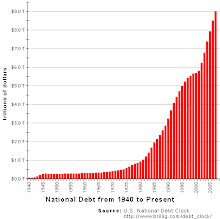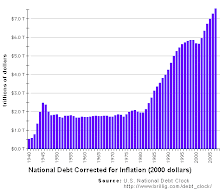by Monica D. Castillo
Although labor economists tend to focus on the activities and characteristics of persons in the labor force, there has been continued, if somewhat less visible, interest in the possible links to the job market of persons outside the labor force who want work but are not currently seeking a job. Data from the Current Population Survey (CPS) show that an average of 4.9 million nonparticipants reported that they wanted a job in 1997, representing about 7.4 percent of all persons outside the labor force. Persons making up this group—particularly "discouraged workers"—are of interest to labor market analysts and policymakers because they, like the unemployed, represent unused human resources in our economy. Moreover, information on the size, profile, and extent of subsequent labor force attachment of these nonparticipants who want a job is important to understand the nature of the total labor supply and to provide a complete measure of the slack or tightness of the labor market.This excerpt is from an article published in the July 1998 issue of the Monthly Labor Review. The full text of the article is available in Adobe Acrobat's Portable Document Format (PDF).
This article discusses the development of not-in-the-labor-force concepts used in the CPS, illustrating how the definitions have changed over time to reflect evolving notions about persons outside the labor force and their relationship to the labor force. Using classifications of nonparticipants based on definitions that were implemented as part of the 1994 redesign of the CPS, this article also examines the extent to which persons who had been outside the labor force and indicated that they wanted a job in 1994 became attached to the labor force a year later. The new measures were developed to more accurately and objectively identify those persons who might be considered to be most closely linked to the labor force as determined by factors such as their desire to work, availability for work, and recent job search activity. In addition, the analysis takes a look at whether specific groups of nonparticipants—particularly those defined as "discouraged workers"—in fact show a greater attachment to the labor force than had been shown under the prior definitions. Also considered is the degree to which subsequent labor force participation differs among the various subcategories of persons outside the labor force who said they wanted to work, and how the experience of such persons compares with that of persons who had been unemployed. In the concluding sections of the article, the influence of certain demographic, work history, and intention-to-work characteristics is studied to determine the extent to which these factors are predictors of subsequent labor market activity.
Download the full text in PDF (113K)





